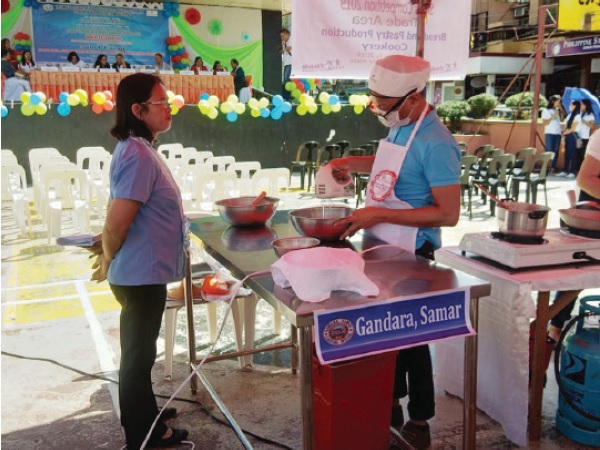
PALO,Leyte – The Department of Health through the Health Facilities Enhancement Program (HFEP) has turnover three ambulances to hospitals under the supervision of the provincial government of Leyte.
The ambulances, each worth P2.2 million, were donated to the Leyte Provincial Hospital, Western Leyte Provincial Hospital in Baybay City and Ormoc District Hospital.
Governor Leopoldo Dominico Petilla and provincial health officer, Dr. Ofelia Absin, received the donated ambulances from the DOH-8.
“We recognize our limitation as a level 1 hospital. It is for this (reason) that we need to refer them to a higher center because of our limited capability. As much as we are trying to give the best treatment that we can, there are instances that our patients needs higher treatment or operation,” Absin said.
“It is important that (we have) a good ambulance to ferry our patients to higher health facility the safest and comfortable way,” she added.
The provincial health official added that aside from the three hospitals, they hope that the DOH will also extend help to seven other hospitals that are also maintained by the provincial government.
DOH Assistant Regional Director Exuperia Sabalo stressed that all hospitals should have their own ambulances, adding that their office will just be glad to help health centers still lacking such facility.
She then asked the recipients of their donated ambulances to take good care of them.
“With DOH providing, the recipient’s role and responsibility is to provide the competent manpower and well as the maintenance of the vehicle,” Sabalo said.
Meantime, Gov. Petilla expressed his gratitude for the assistance extended by the DOH.
“We are thankful to the DOH for helping us. The province had been beefing up its capabilities in all aspect including in health, disaster preparedness and peace and order,” the governor said.
Aside from the ambulance, the province also received budget for infrastructure project under the Health Facilities Enhancement Program (HFEP) of the DOH which includes rehabilitation of rural health units in the towns of Tunga, Carigara, Capoocan and Jaro and district hospitals in Burauen and Carigara.
Petilla added that improvement of district hospitals in Abuyog and Palompon are also on-going.
(ROEL T. AMAZONA)



